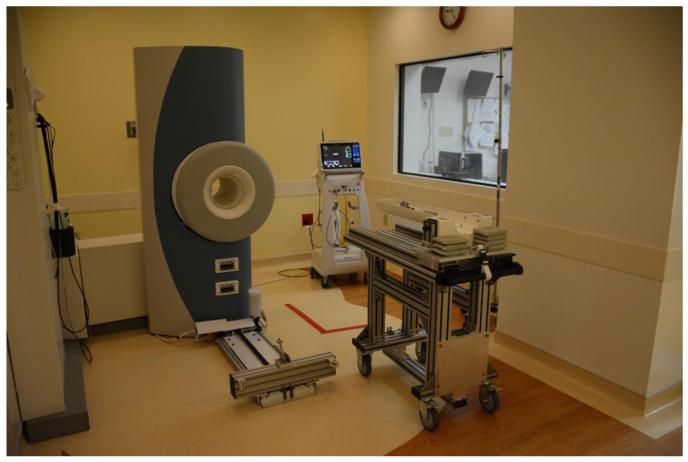Fig 6. Modified OPTIMA™ MR430s (GE Healthcare, Waukesha, WI) musculoskeletal scanner used at Cincinnati Children’s Hospital Medical Center (CCHMC).
Above is an image of the modified OPTIMA™ MR430s (aka ONI) small-footprint MRI scanner installed at CCHMC. Modifications to the scanner included changing the orientation and height of the magnet, and development of a custom built MRI patient table. The scanner inherently has a smaller, changes to the bore diameter, alteration of the 5-gauss line, decreased magnet weight, decreased cryogen requirements, and improved gradient performance (secondary to smaller gradient RF coils). In addition, control electronics and the radiofrequency system from a state-of-the-art 1.5T GE scanner were integrated with the basic OPTIMA™ MR430s system to give the system the capabilities of a normal department MRI scanner, including advanced imaging techniques, such as MRS, DTI, fMRI, ASL and phase-contrast angiography. The modifications result in feasible placement of a scanner in the NICU and acquisition of high quality diagnostic images.

